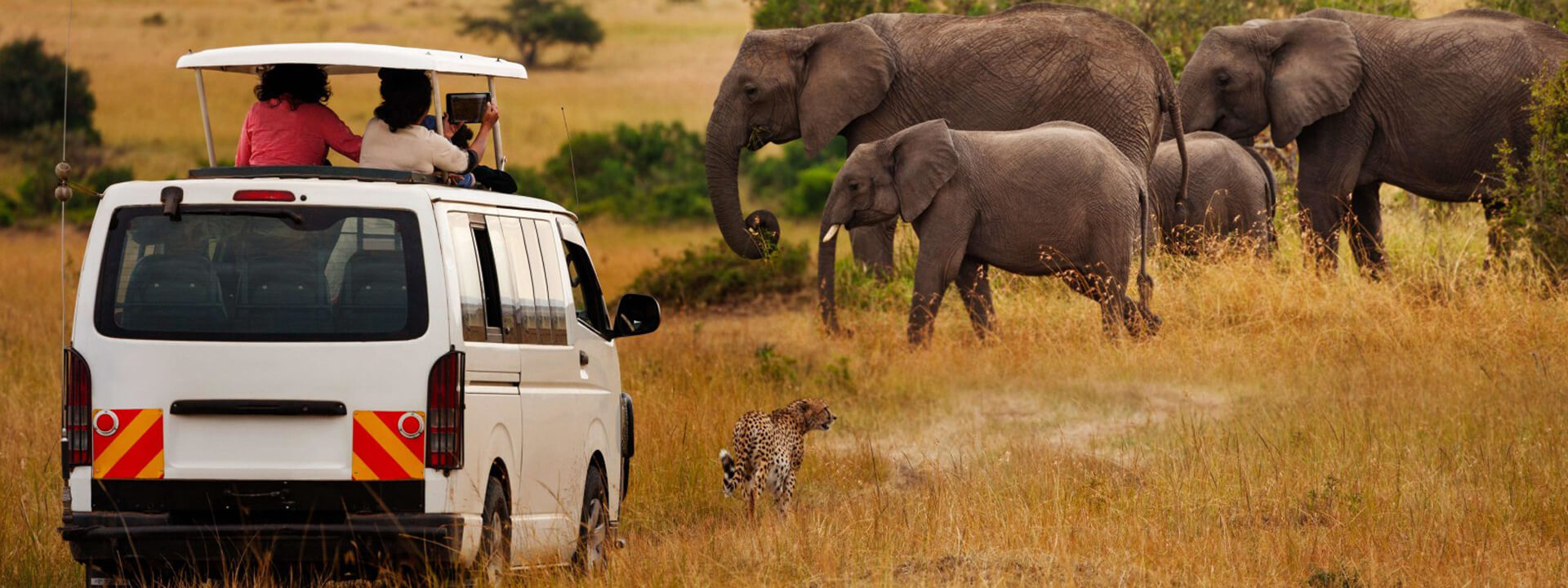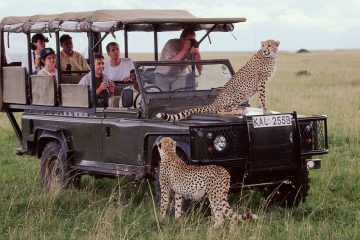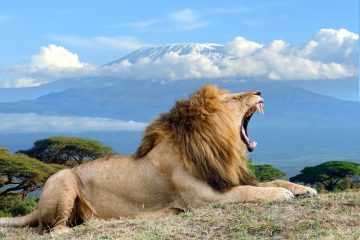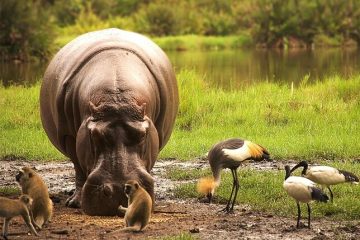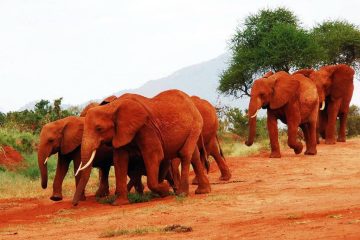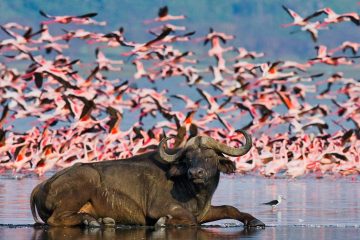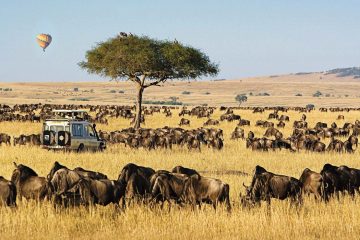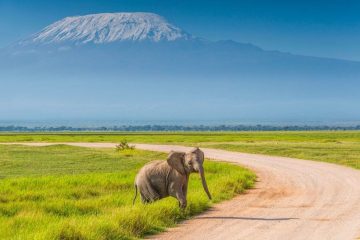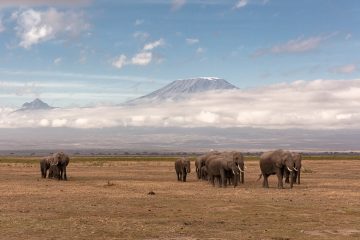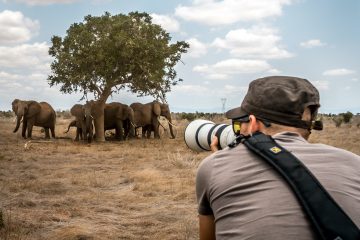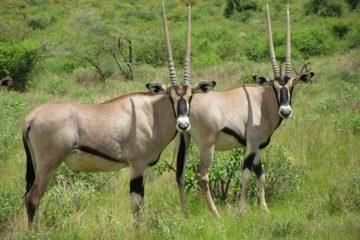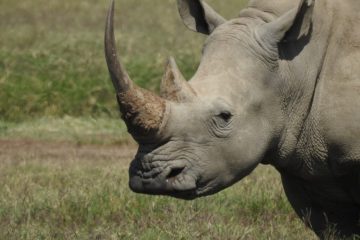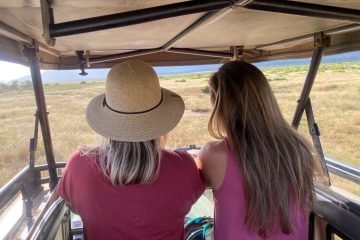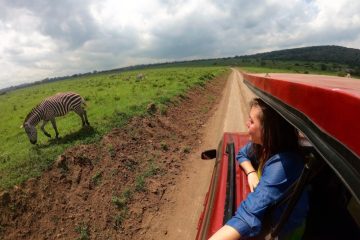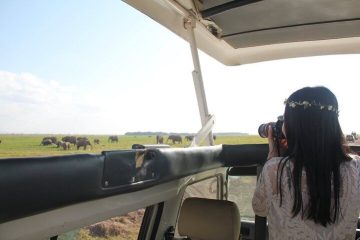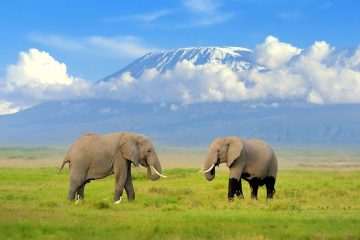A safari in Kenya offers an extraordinary opportunity to explore the diverse landscapes, abundant wildlife, and rich culture of this East African country. Known as the “Safari Capital of the World,” Kenya has been a favorite destination for travelers seeking thrilling wildlife encounters and breathtaking scenery.
Kenyan Safaris give you the ultimate chance to get up close and personal with some of Africa’s most sought-after wild animals while also providing spectacular natural beauty in one of the world’s most pristine ecosystems.
All of this, in addition to the sight of Mount Kilimanjaro, distinguishes a Kenya safari experience. The Great Wildebeest Migration can best be observed from both banks of the Mara River, however during August and October, you can see the herds on the Kenyan side.
The Masai Mara and Amboseli National Park, among other southern parks and reserves, are definitely worth seeing. The Special Five – reticulated giraffe, Grevy’s zebra, Gerenuk, Somali ostrich, and Beisa oryx – can also be found in the northern regions of Kenya’s private concessions and Samburu reserves.
While on a safari in Kenya, you can also get to know and learn about the renowned Maasai culture and the little-known Samburu tribe.
Kenya is home to about 60 national parks and reserves. Some of the most well-known national parks are Masai-Mara, Amboseli, and Tsavo.
It’s a terrific place to go because it features a variety of undeveloped beaches where you can unwind after an adventurous safari in Kenya.
Every wildlife enthusiast visiting Kenya must experience the Great Migration. With hundreds of thousands of wildebeest, zebra, and gazelle traveling through East Africa, this is nature’s most amazing migration.
The lakes of Africa’s Rift Valley like Lake Nakuru, popularly known for abundant flamingos that paint the whole area pink, span many nations and link three significant catchments. Kenya has eight lakes, including the stunning Lake Naivasha, which draws a variety of birds.
Here is an overview of Kenya safaris:
- Wildlife and National Parks: Kenya is home to some of Africa’s most iconic national parks and wildlife reserves. The Maasai Mara National Reserve is renowned for the Great Wildebeest Migration, where millions of wildebeest and other animals cross the Mara River. Amboseli National Park offers stunning views of Mount Kilimanjaro, while Tsavo National Park is one of the largest game reserves in the world.
- Cultural Experiences: In addition to wildlife, Kenya’s cultural diversity is a highlight of any safari. Interact with local tribes such as the Maasai and Samburu, visit traditional villages, and learn about their customs and traditions.
- Safari Activities: Safaris in Kenya offer a wide range of activities to suit every traveler’s preferences. Game drives are the most popular, providing opportunities to spot the “Big Five” (lion, elephant, buffalo, leopard, and rhinoceros) and other wildlife. You can also enjoy walking safaris, hot air balloon safaris, birdwatching, and visits to local conservation projects.
- Accommodation: Kenya offers various accommodation options to cater to different budgets and preferences. Luxury lodges, tented camps, and eco-friendly accommodations are scattered throughout the national parks, providing comfort and a unique safari experience.
- Beach and Bush Combination: Many travelers choose to combine their Kenya safari with a relaxing beach stay along the beautiful coastline. The coastal city of Mombasa and the stunning beaches of Diani, Malindi, and Lamu are popular destinations for post-safari relaxation.
- Nairobi, the Capital City: Most Kenya safaris start from Nairobi, the capital city. Take some time to explore Nairobi’s attractions, including the David Sheldrick Wildlife Trust, Giraffe Centre, and Karen Blixen Museum.
- Responsible Tourism: Kenya is committed to conservation and responsible tourism. Many safari operators and lodges actively support local communities and conservation efforts to protect wildlife and their natural habitats.
- Great Migration: Witnessing the Great Wildebeest Migration in the Maasai Mara is one of the most sought-after experiences in Kenya. The migration typically occurs between July and October, depending on the movement of the herds.
Whether you are a first-time safari-goer or a seasoned traveler, Kenya offers an unforgettable safari experience filled with adventure, natural beauty, and cultural richness. With its diverse landscapes and abundant wildlife, Kenya safaris continue to captivate the hearts of travelers from around the world.

